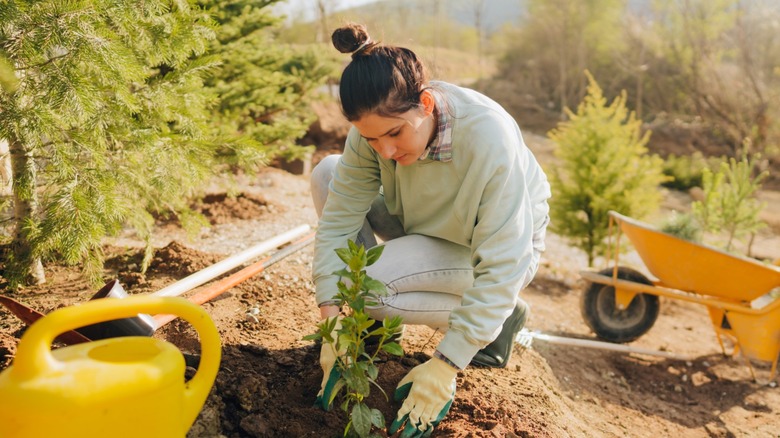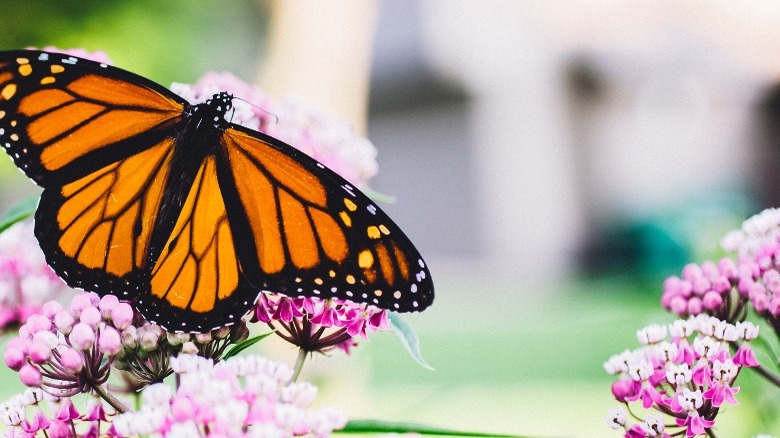What Are Keystone Plants And Why Should You Consider Growing Them?
We've all heard that native plants are what we should incorporate in our gardens, but the lesser-known keystone plants are equally as important. If you've never heard of keystones, these plants are the bedrock of the ecosystems around them, which is how they get their name. They support wildlife by providing nectar and pollen, which are the primary food sources for pollinators like bees and butterflies. The various keystone plants bloom at different times of the year, giving pollinators access to food throughout the growing season.
Keystone plants promote biodiversity and enhance soil health with their deep root systems, helping with erosion control, which creates a more sustainable environment than easily damaged plants with shallow root systems. Keystone plants are native plants that are found in specific regions and make a large impact on their environments with their adaptability. They're able to handle multiple conditions, including extreme weather, garden pests, diseases, and rough soils, and support the food and habitat needs of local wildlife, pollinators, and insects. Caring for keystone plants will vary depending on the plant species. With so many choices, it's easy to pick one that will fit into your garden or landscape plan but be sure to check the plant-specific information at your nursery to give your plant the care it needs. Here are a few familiar plants that are considered as keystone plants.
Types of keystone plants and their care
There are quite a few keystone plants you can consider for your landscape or garden. Trees like the oak tree (Quercus spp.) thrive in full sun and are drought-tolerant. Be sure to prune dead branches to encourage healthy growth. Another tree, the Eastern red cedar (Juniperus virginiana), thrives in dry to average soil and full sun. This tree requires little to no maintenance beyond pruning dead branches. Maple (Acer spp.) trees provide homes and food for birds, insects, and small wildlife. They need partial sun to full sun, regular watering, and pruning to remove dead branches.
Keystone shrubs with attractive nectar-producing blooms include the elderberry (Sambucus canadensis), which needs moist, well-fertilized soil that is partial to full sun to produce fruit that sustains wildlife. The butterfly bush (Buddleja davidii) likes well-drained soil and full sun, producing fuller blooming if deadheaded in late winter or early spring.
Other gorgeous keystone plants include wild bergamot (Monarda fistulosa), a fan of moist, well-drained soil and full to partial sun. Deadheading can prolong the blooming period and promote bushier growth. Goldenrod (Solidago spp.) is a hardy plant that does well in various soils, sandy and loamy types, and prefers full sun. Cattails (Typha spp.) are unique plants for wet soil that also need full sun and are often found in marshy areas. Milkweed (Asclepias spp.) is an excellent keystone garden addition and a plant that attracts monarch butterflies. It needs full sun and well-drained soil to grow well.

